If you started your onions from seed more than three months ago or planted onion sets in the spring, those onion bulbs are probably bulging out of the soil and looking like they’re ready for harvest… but are they?
Here’s a fun fact: you can pick your onions right now if you want to. Onions can be harvested at any stage of growth and don’t have to reach a certain size before they’re considered harvestable.
If you like the size they’re at (even if they’re just golf balls), go ahead—pull up and eat your onions fresh out of the ground. Leaves that are still nice and green can be cooked and eaten too (they taste just like scallions because, well, they actually are green onions).
The drawback is that your onions will be smaller than if they were allowed to grow to maturity, and when they haven’t fully matured, they won’t store well if your goal is to stock the pantry for winter.
How to gauge maturity
You’ll know an onion is nearing maturity if you count its leaves. Each leaf corresponds to one ring on the bulb. And the larger and thicker the leaf, the larger and thicker the ring.
(I bet you’ll all be running out to count the leaves on your onions now! Or is that just me?)
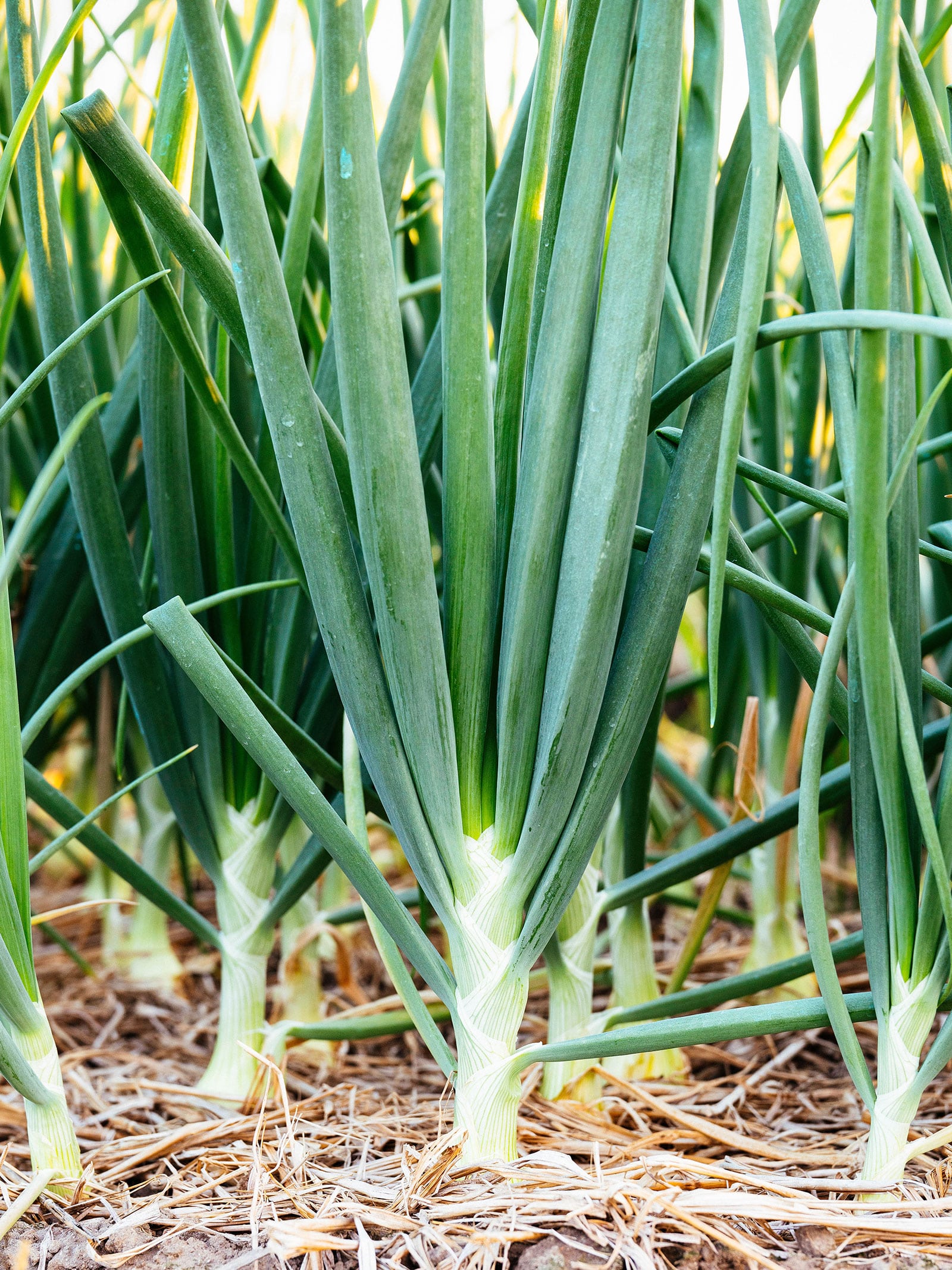
An onion transplant typically grows a pair of leaves every two weeks after getting established. Lucky 13 is the “perfect” number of leaves for a jumbo onion, so if your plant already has this many leaves, it’s well on its way to maturity!
Not all onions produce 13 leaves however; some may top out at 9 to 12 leaves depending on the cultivar and growing conditions. These plants will still produce beautiful bulbs that keep well, so don’t worry!
As soon as all the leaves have formed, the plant transitions from leafy green growth to bulb enlargement. Start keeping a close eye on your crop from mid-summer to late summer when most onions are ready to harvest. You want to make sure you pick the onions at the right time (not too early, not too late) to maximize storage potential. Do not wait for all the leaves to turn brown!
Here’s what to look for:
1. A soft neck
The “neck” is where the leaves meet the bulb. When this area starts to feel soft, it means all the energy stored in the leaves has finished transferring to the bulb.
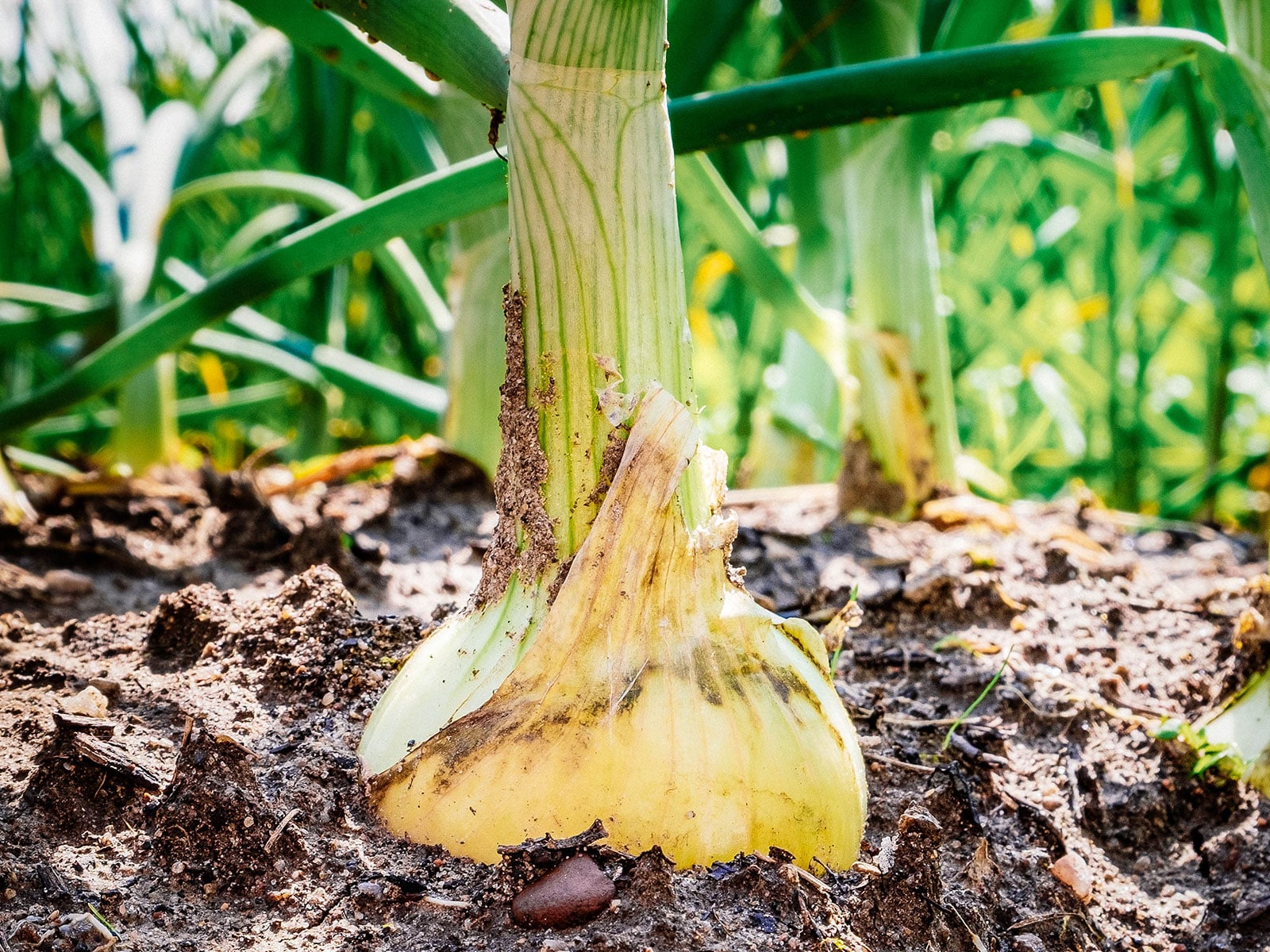
At this point, reduce watering to prevent sour skin (a bacterial disease characterized by the outer layers of the bulb turning brown and slimy) and black mold (which often happens in very wet soil).
2. Tops flopping over
Another telltale sign that your onions are almost ready for harvest is when the tops start to slouch at the neck. As the bulb pulls sugars out of the leaves and moisture out of its roots, you’ll start seeing leaves turn yellow and die back. Stop watering completely while your crop finishes maturing over the next week or two.
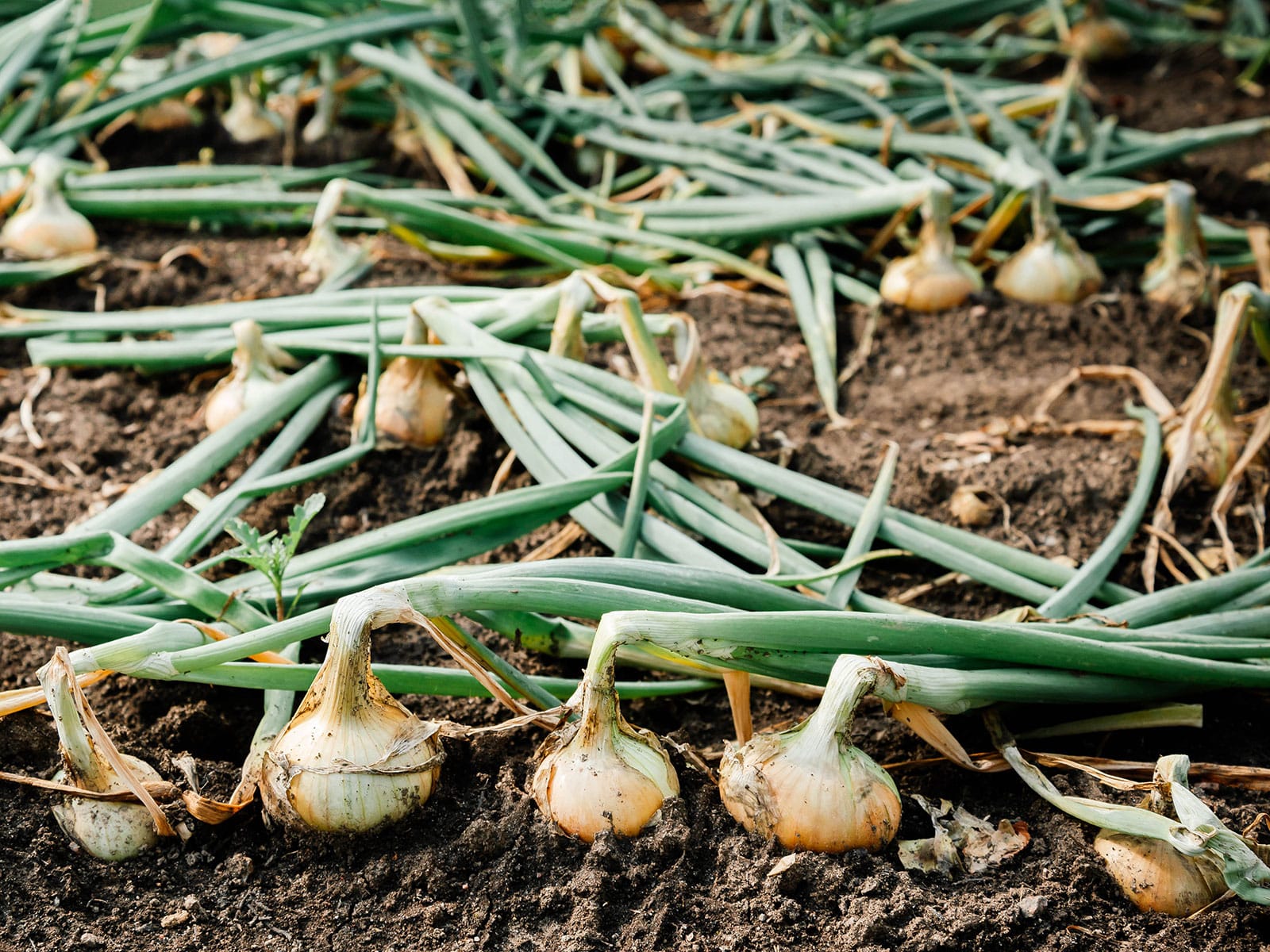
Generally, I wait for for at least half to three-quarters of my onion crop to fall over before I harvest. This ensures good skin development to protect the bulb in storage.
3. Dry inner leaves
Onion tops fan out from the neck with the oldest leaves on the outside and the youngest leaves in the center. The newest leaf to emerge, also known as the last leaf, should begin to dry out and turn yellow when the bulb has reached full size.
If you harvest before the last leaf is dry, it’s more prone to rot during storage.
Side note
Do some of your onion plants have flower stalks? Here’s what to do if your onion plants bolted.
After harvest
Once all your onions have been pulled out of the soil, it’s important to thoroughly dry and cure them to prepare for storage. With proper curing, onions can last several months (even up to a year!) in a cool, dark, well-ventilated area.
This is a simple process that’s mostly hands-off and I’ve got a full guide here on how to cure your onions.


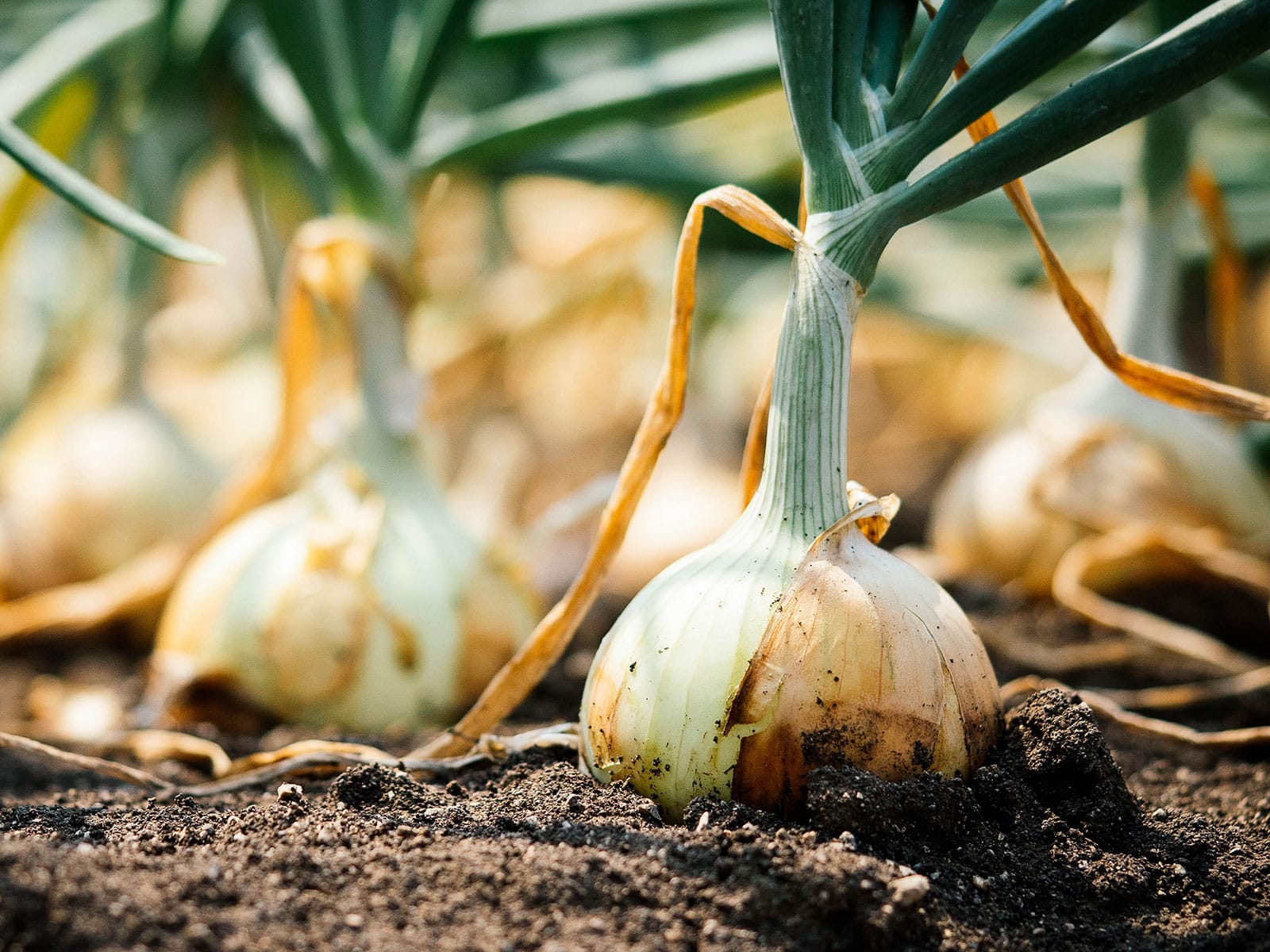
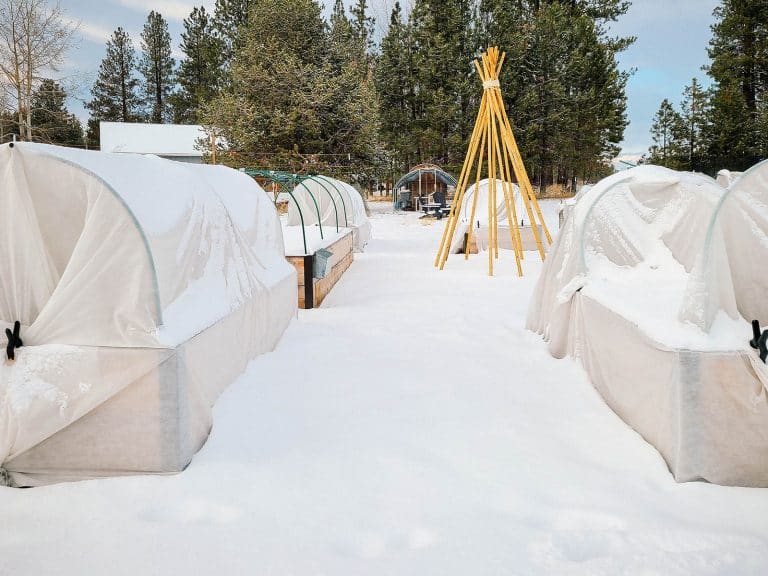
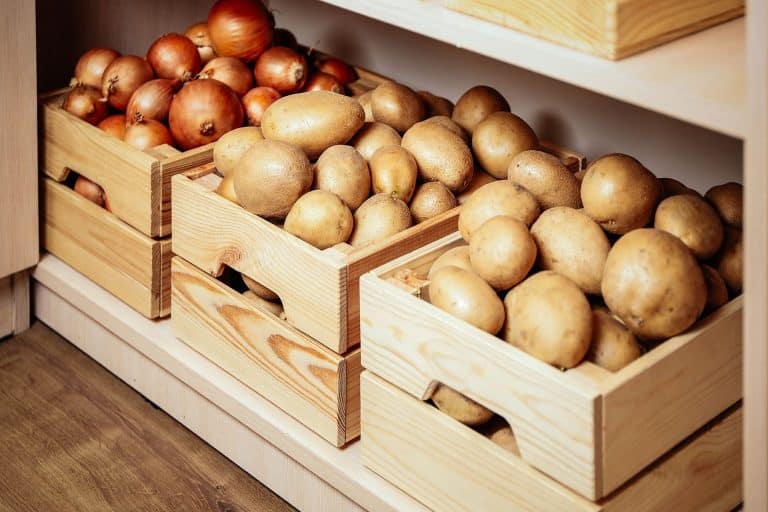
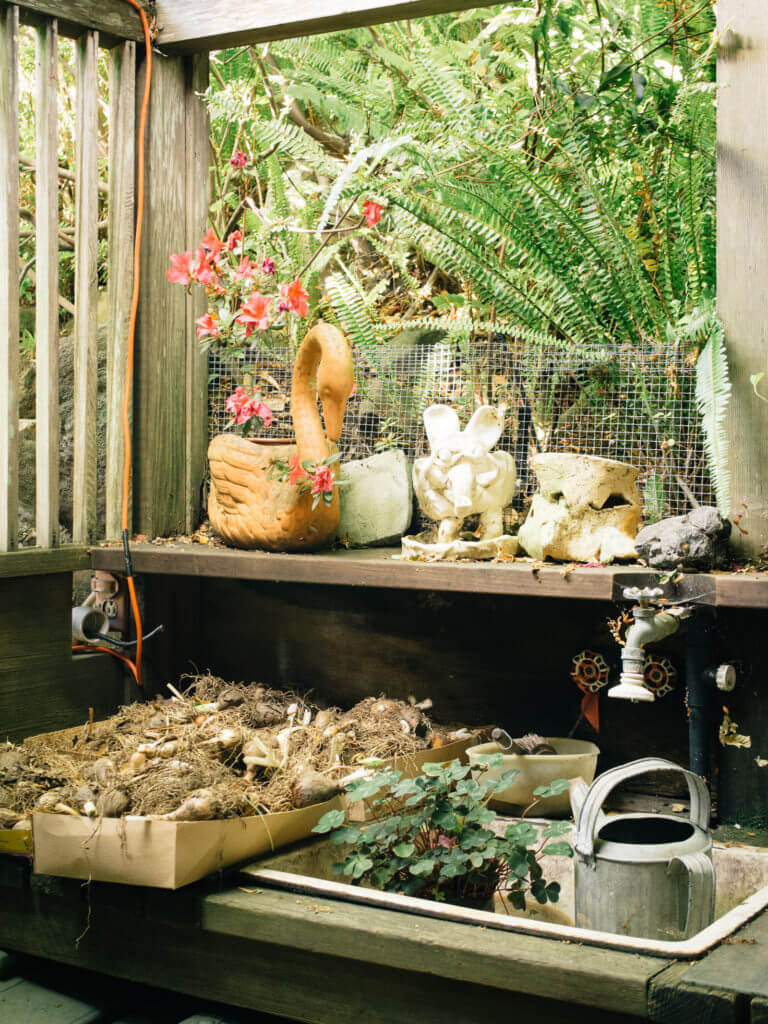
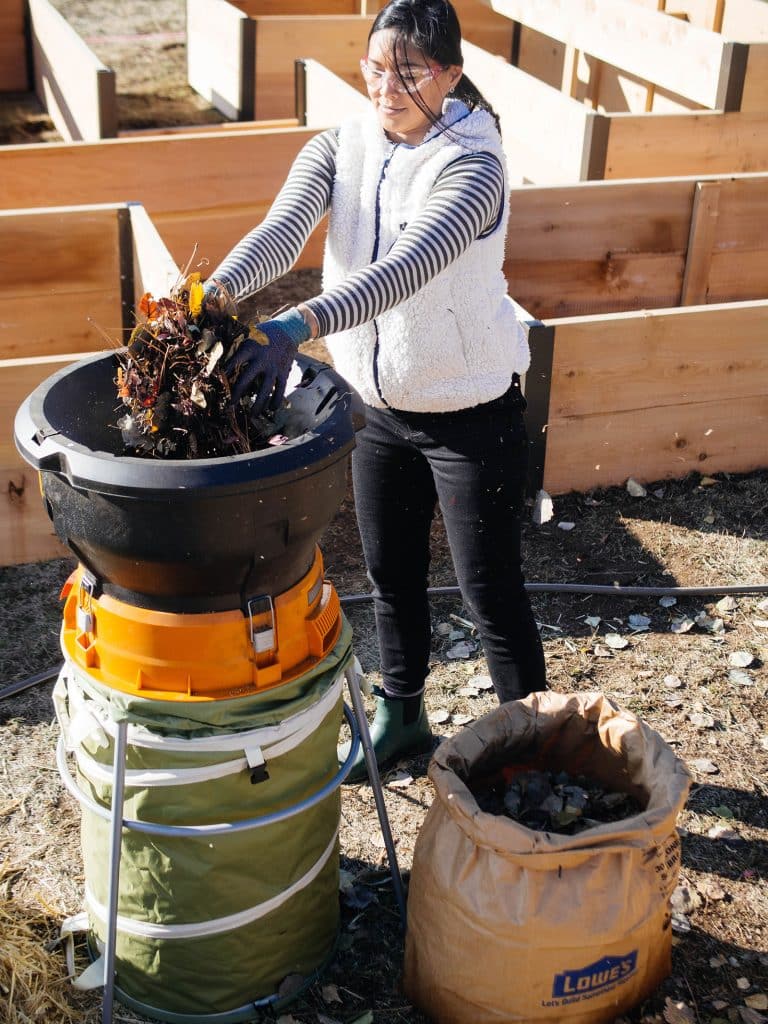
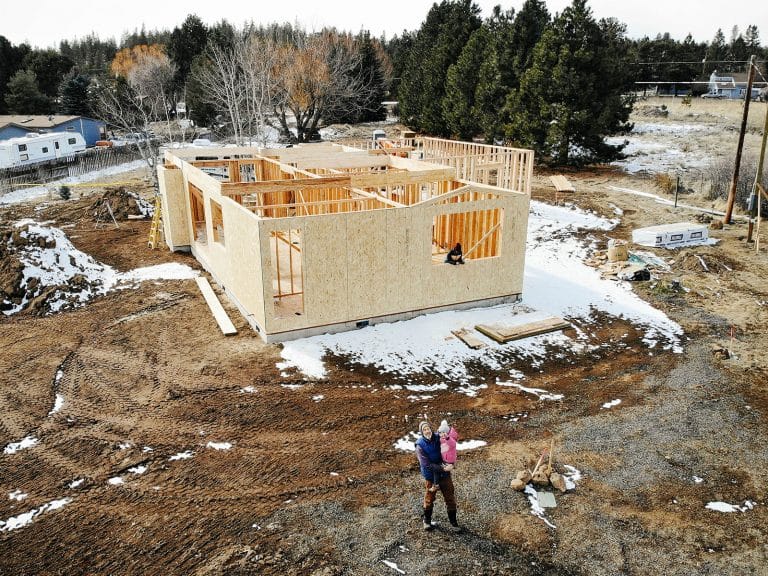
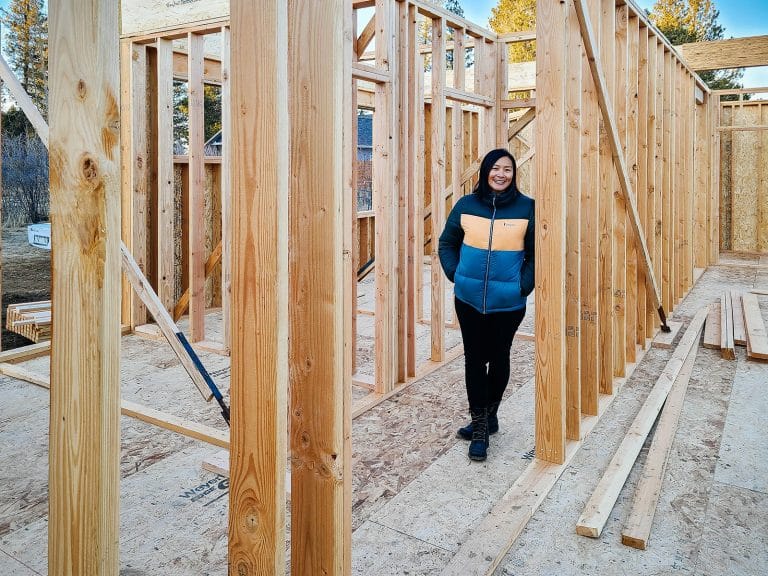
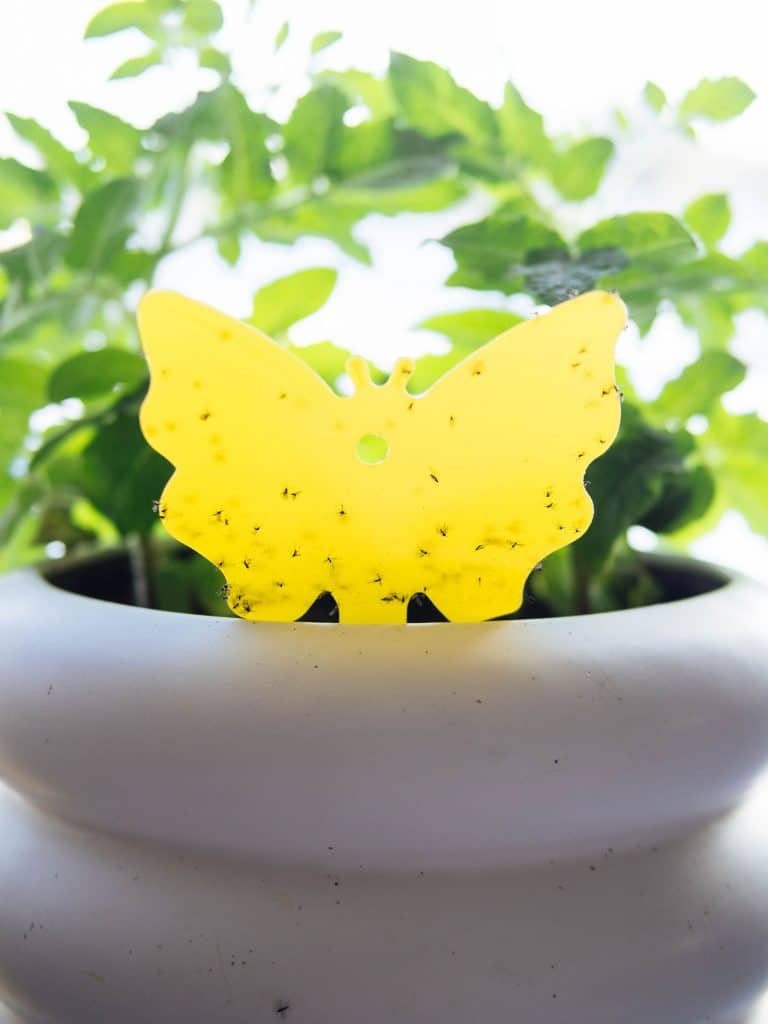

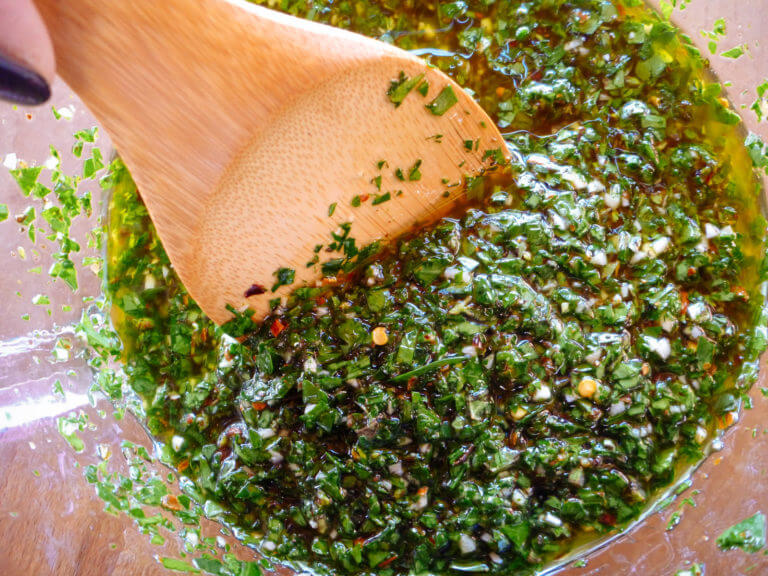

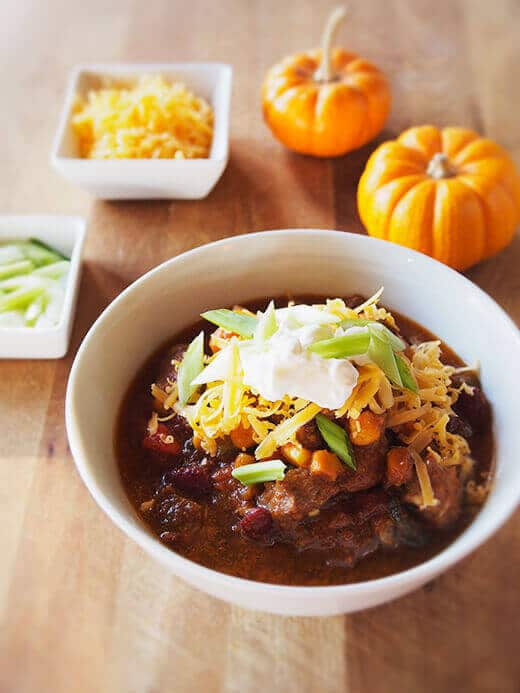
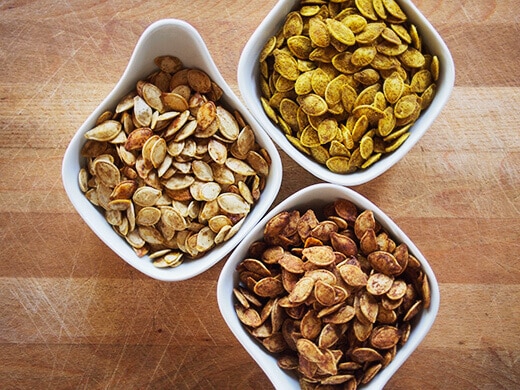

Thanks. This is quite useful. A note on bolting onions. If a few are, do a dance and sing a chant praising the vissitudes of chance. Onion flowers are one of the best plants for attracting pollinators. This includes species of insects that are predator or, more usually, parasitic in their larval stages. Bolting late in the season is not as good as early bolting, but it still helps the overall system of pest control. Any onions that I miss at harvest, resprouting in spring, I leave for this purpose.
I have been gardening for many years but never knew all of this about onions. Thank you for posting such valuable information!